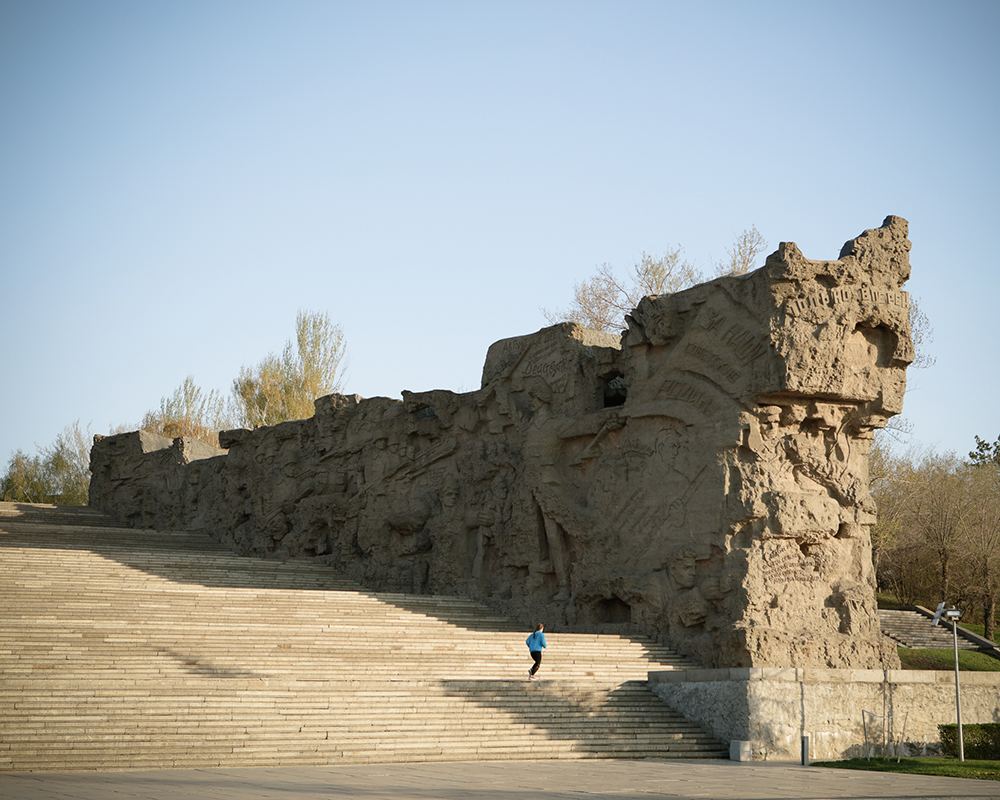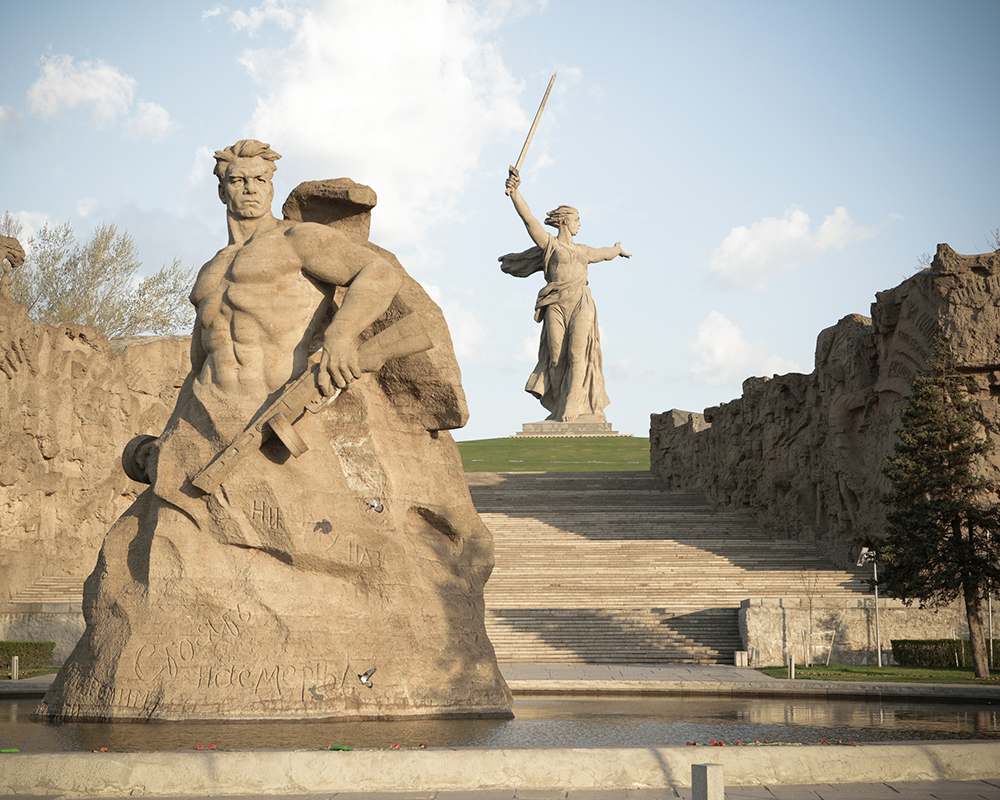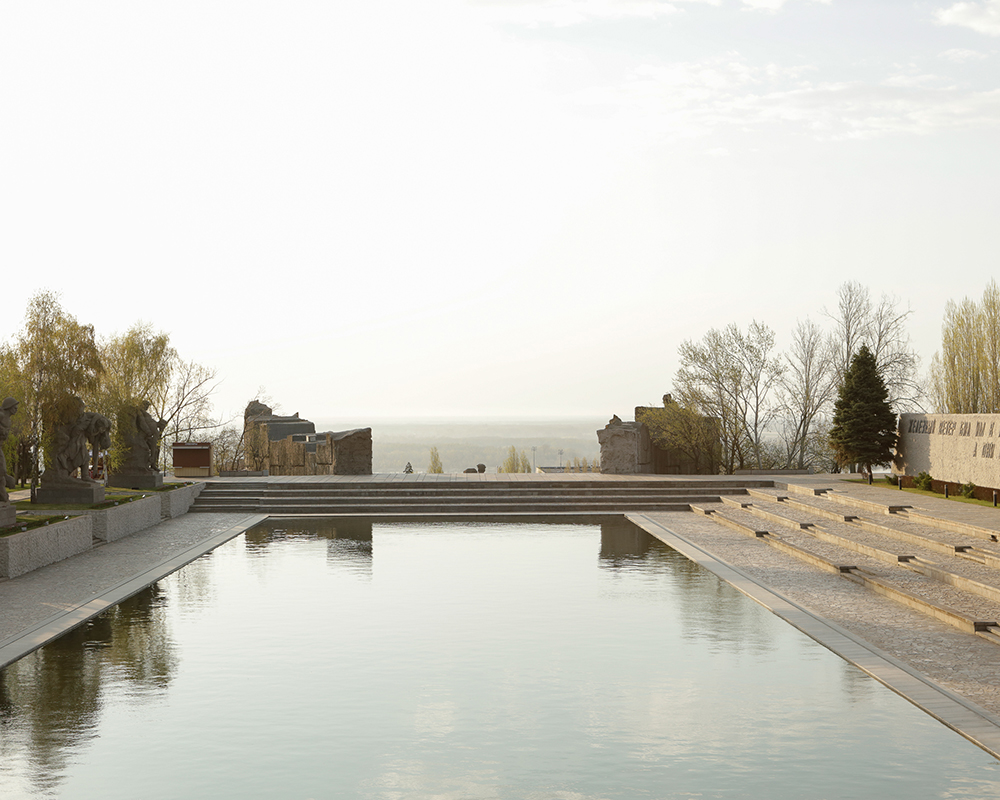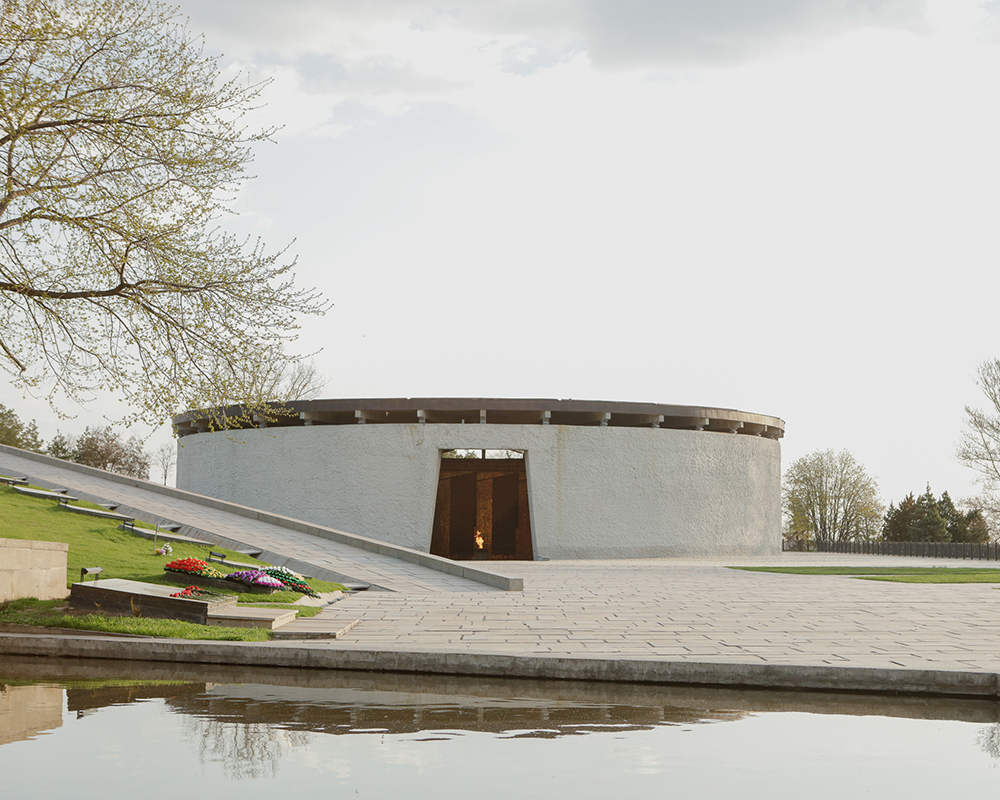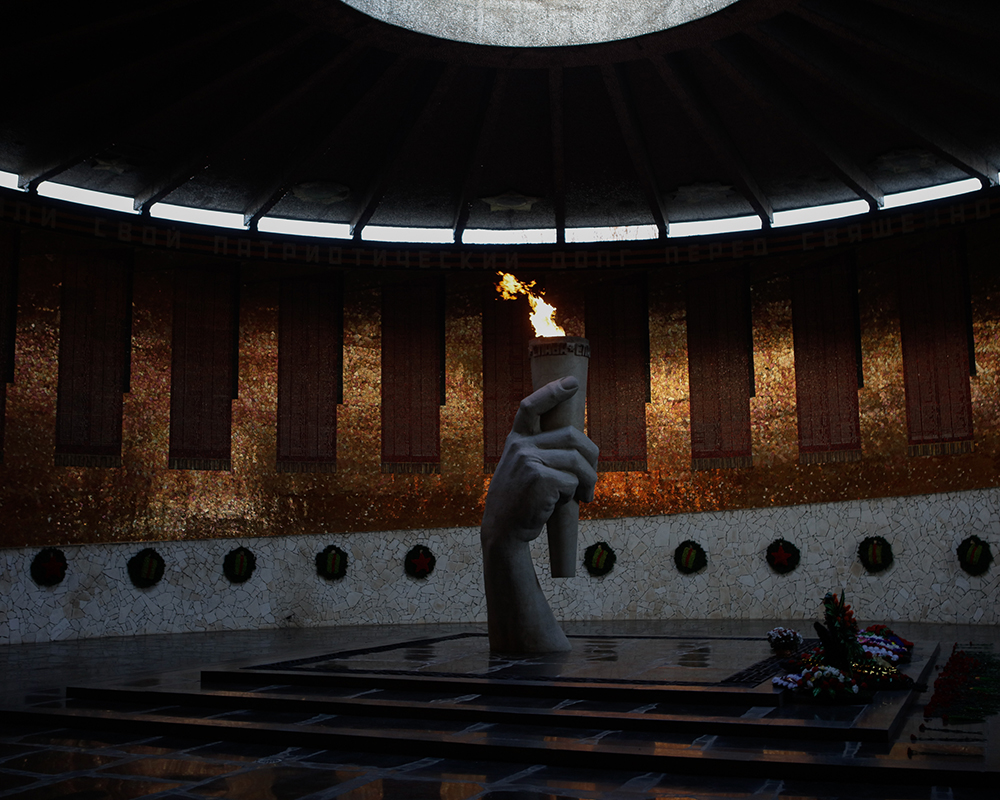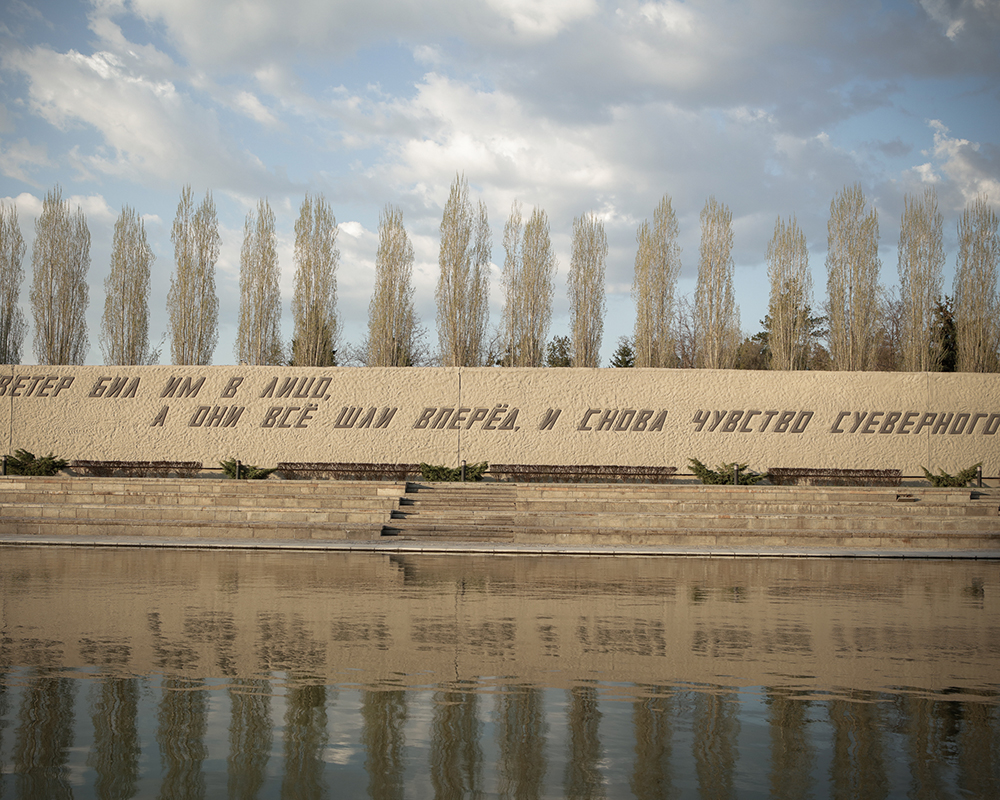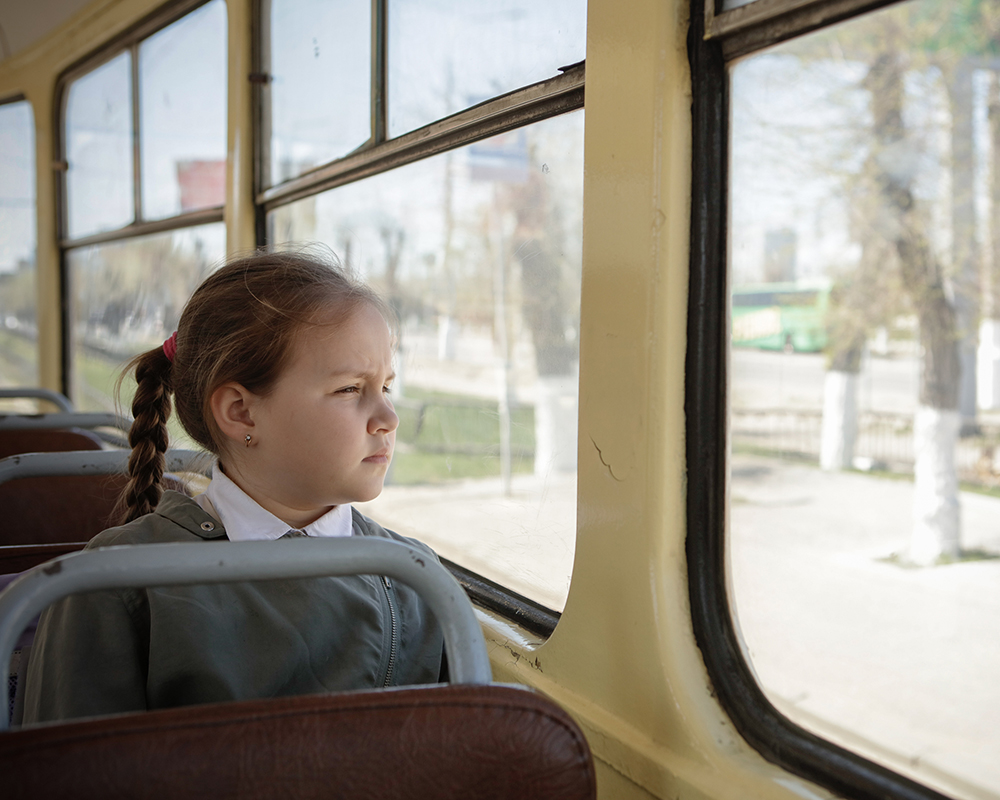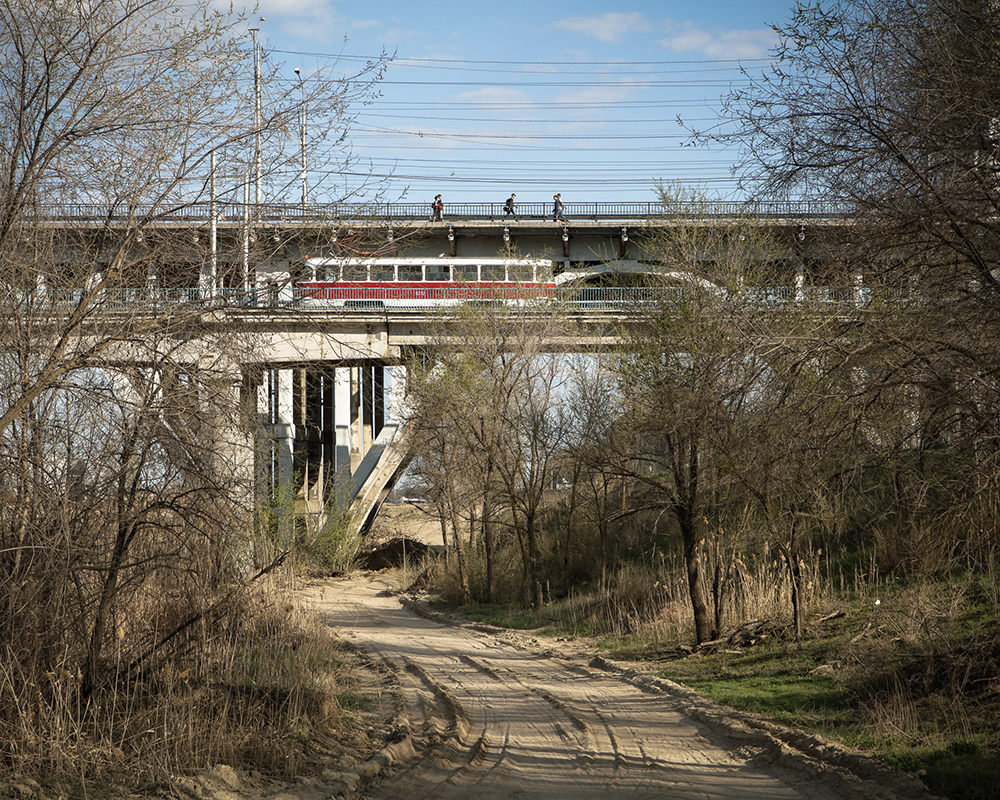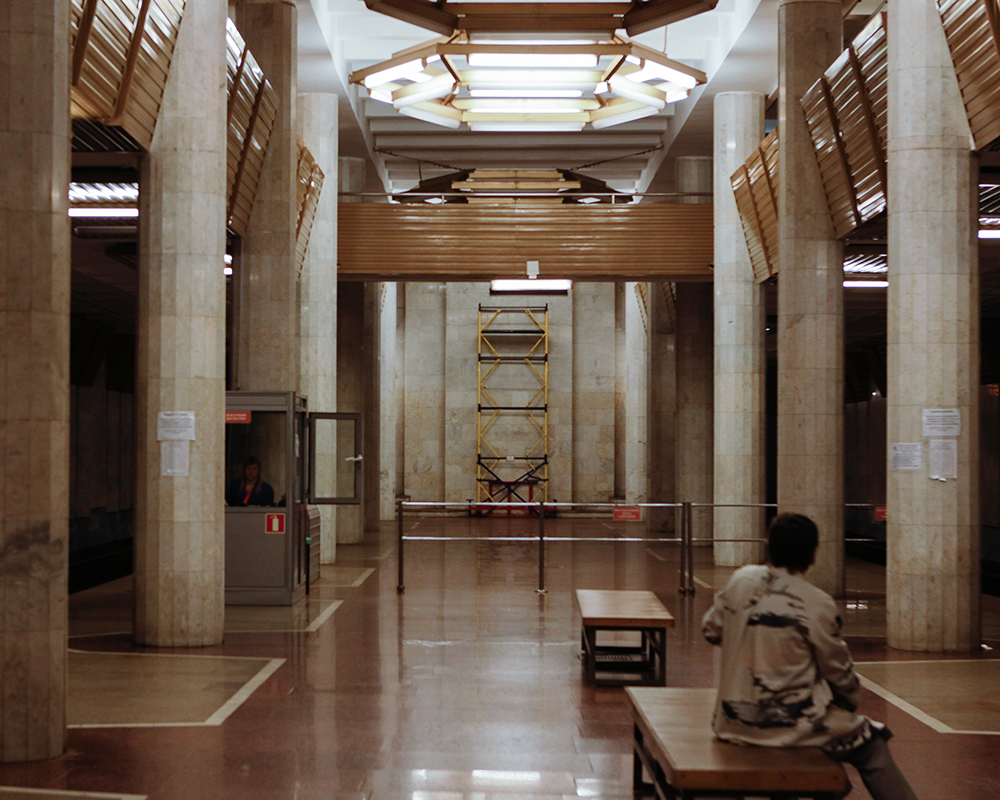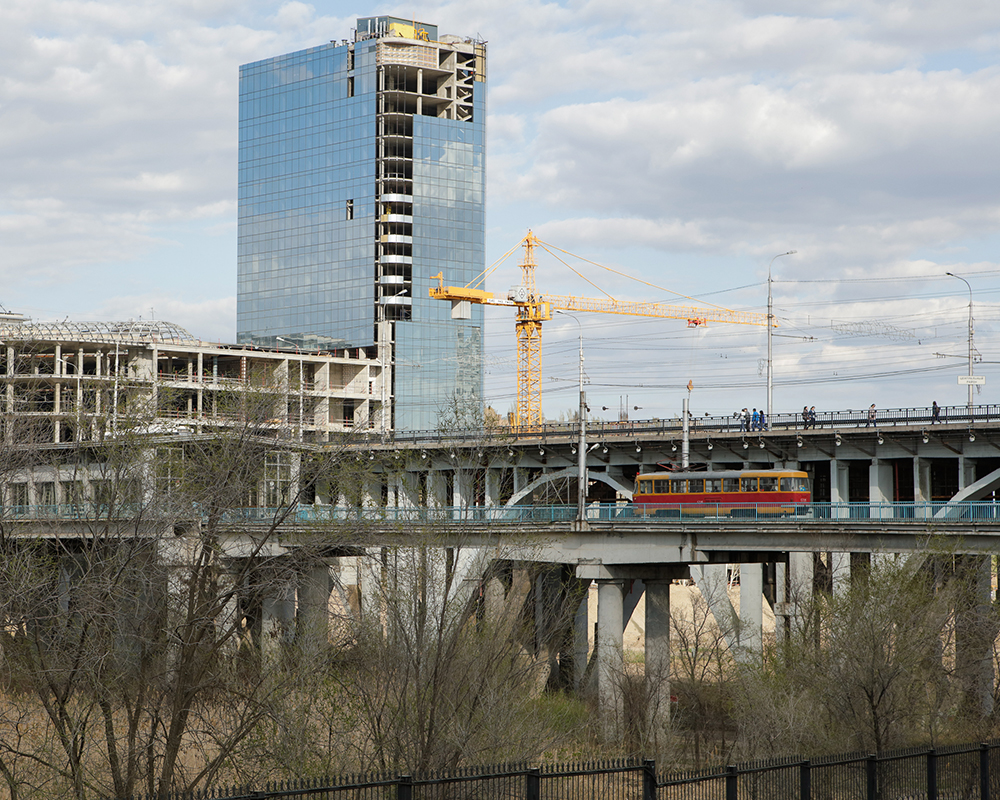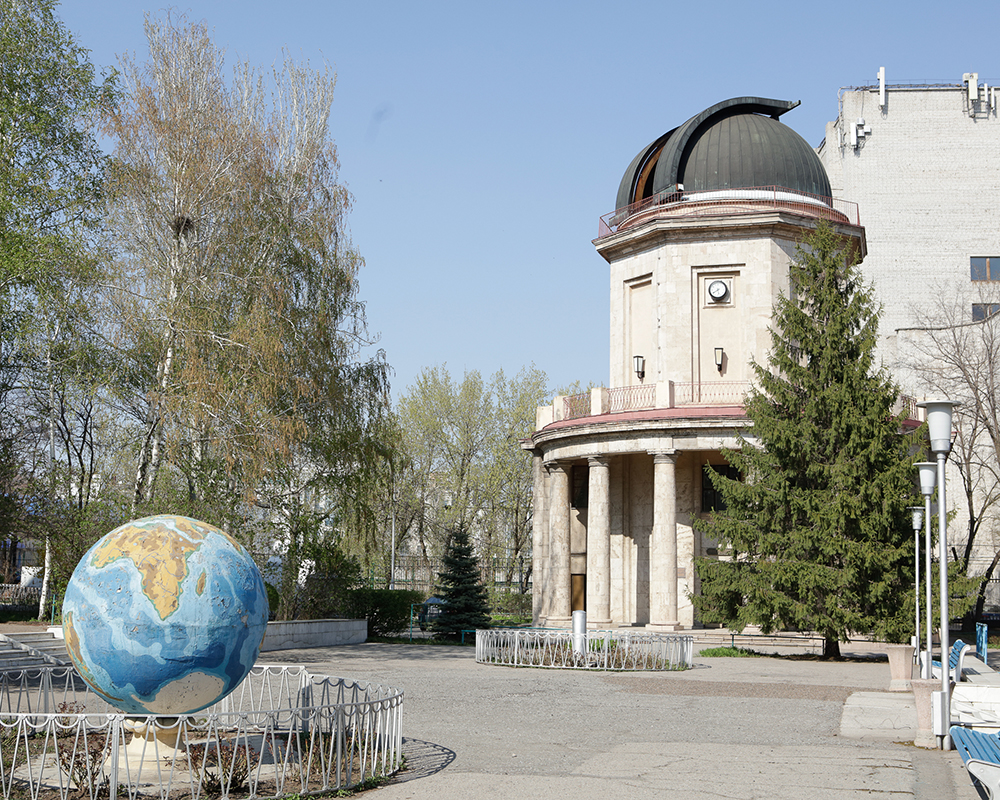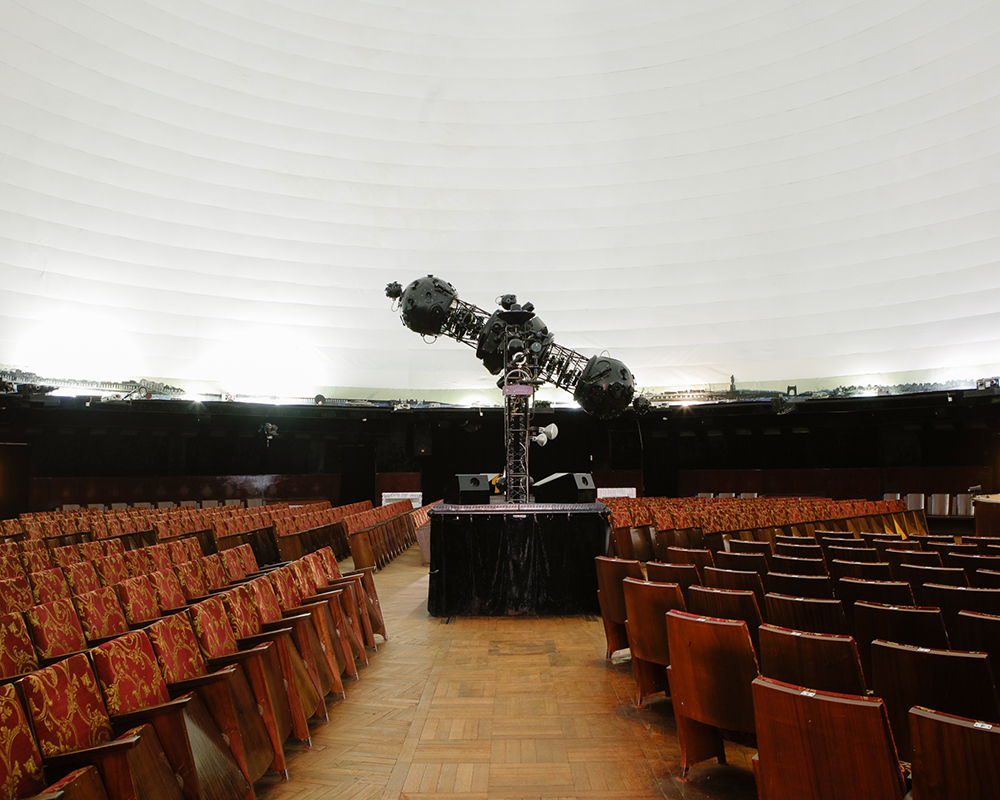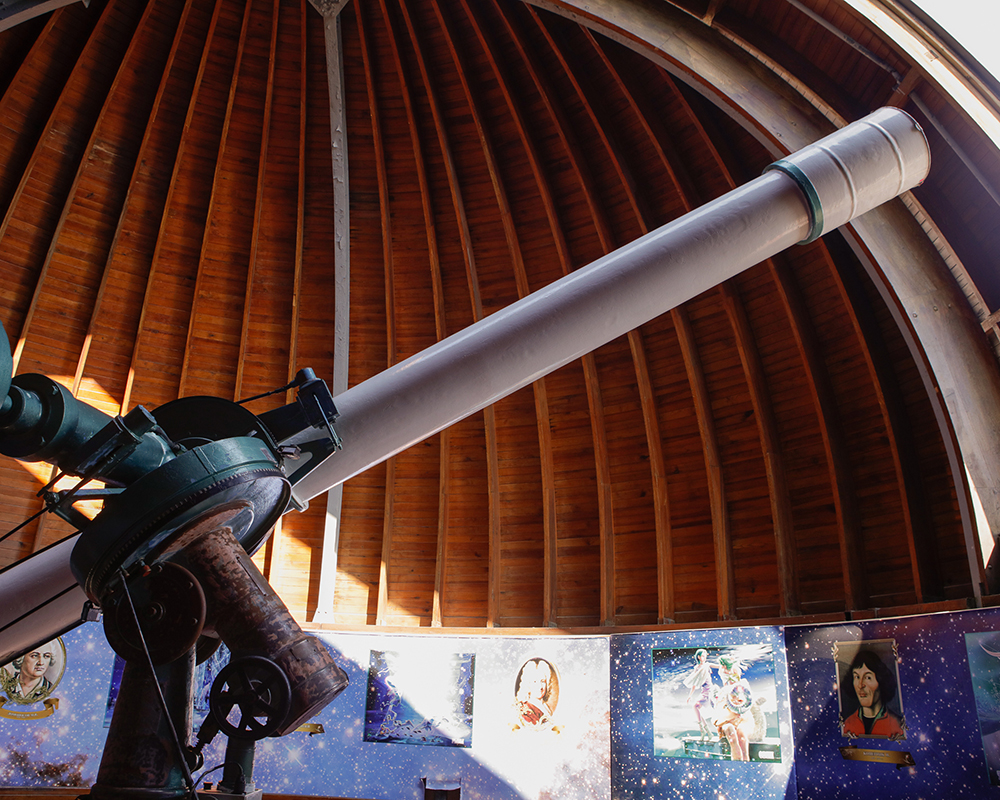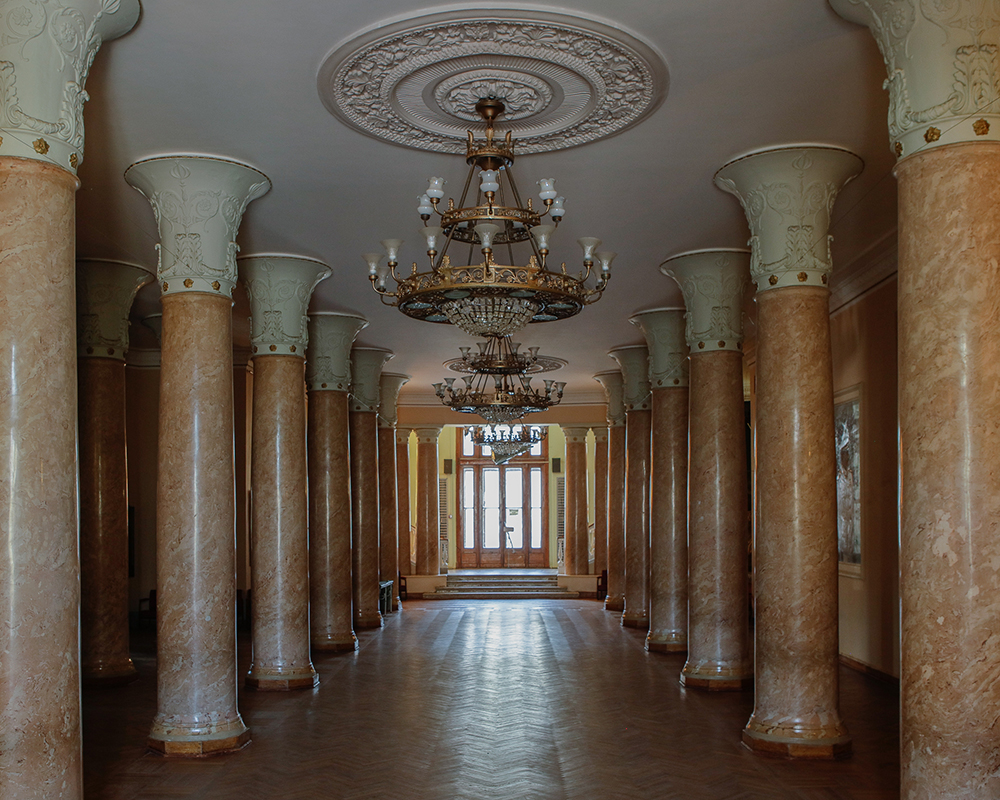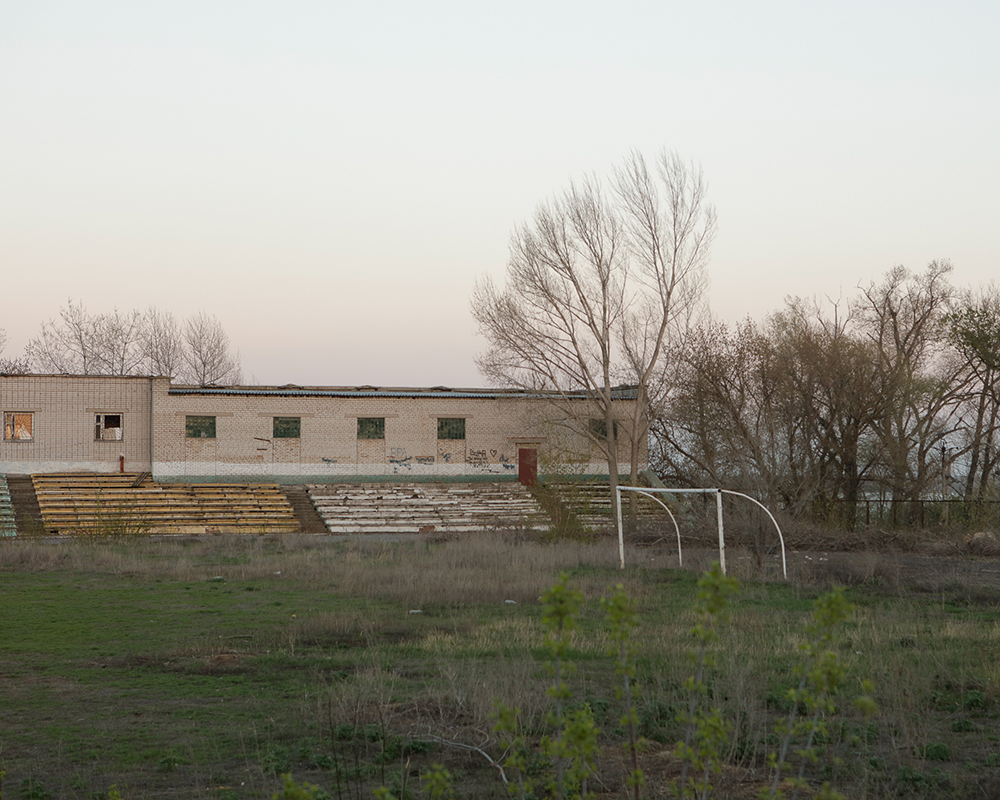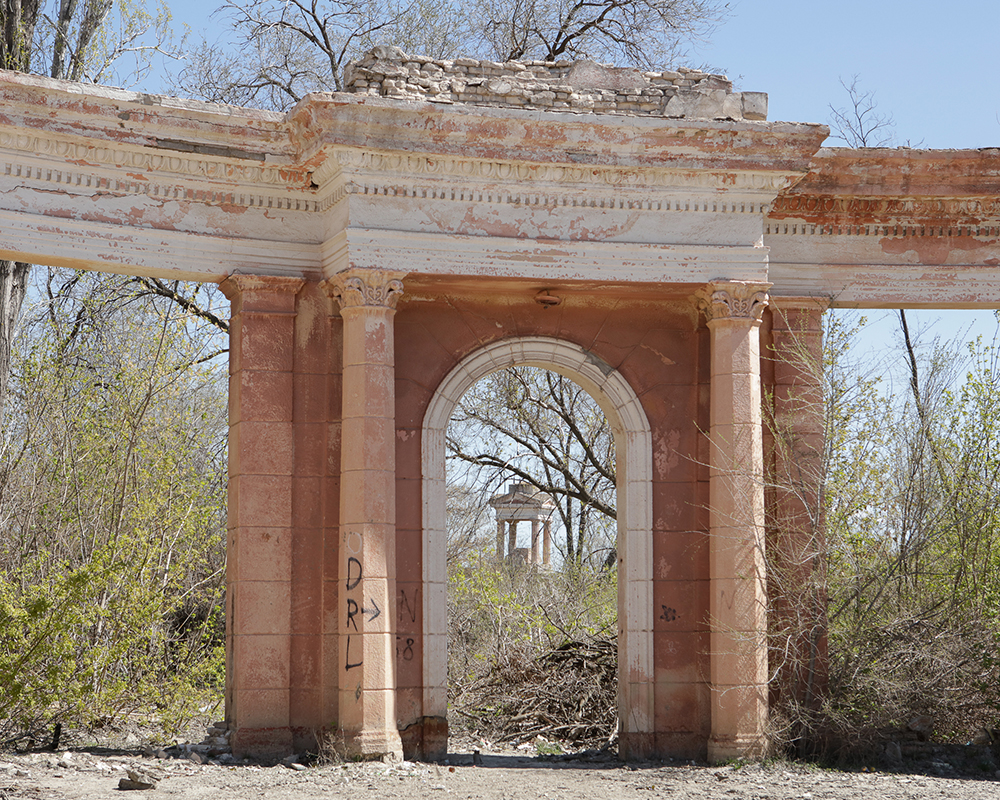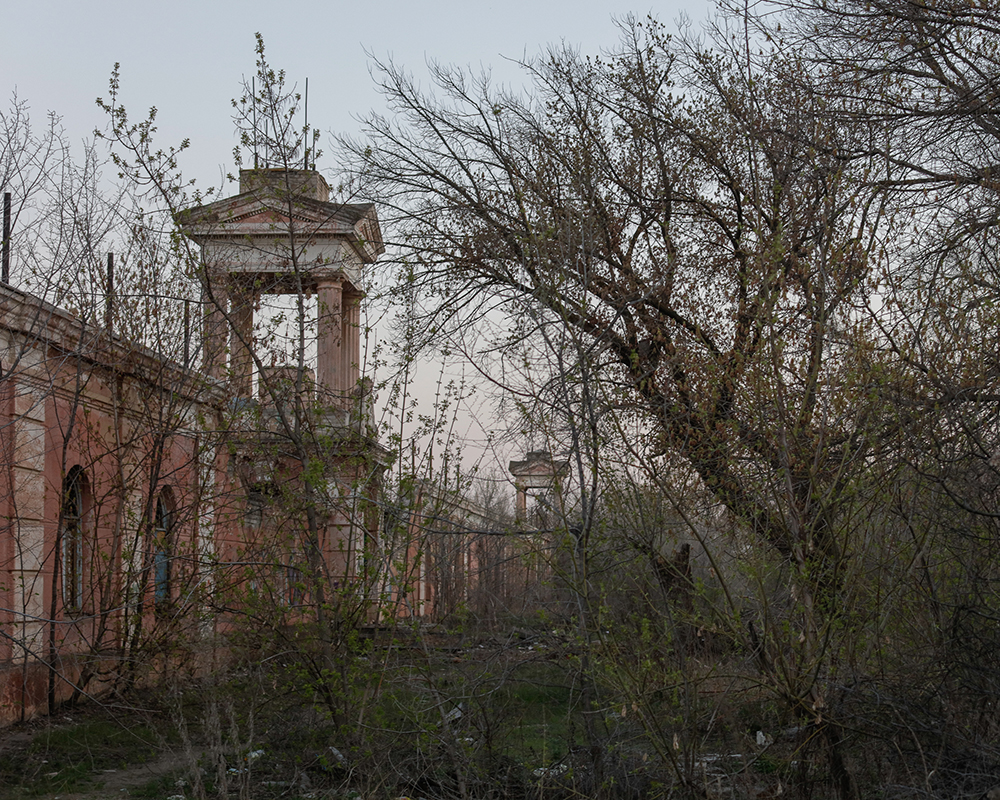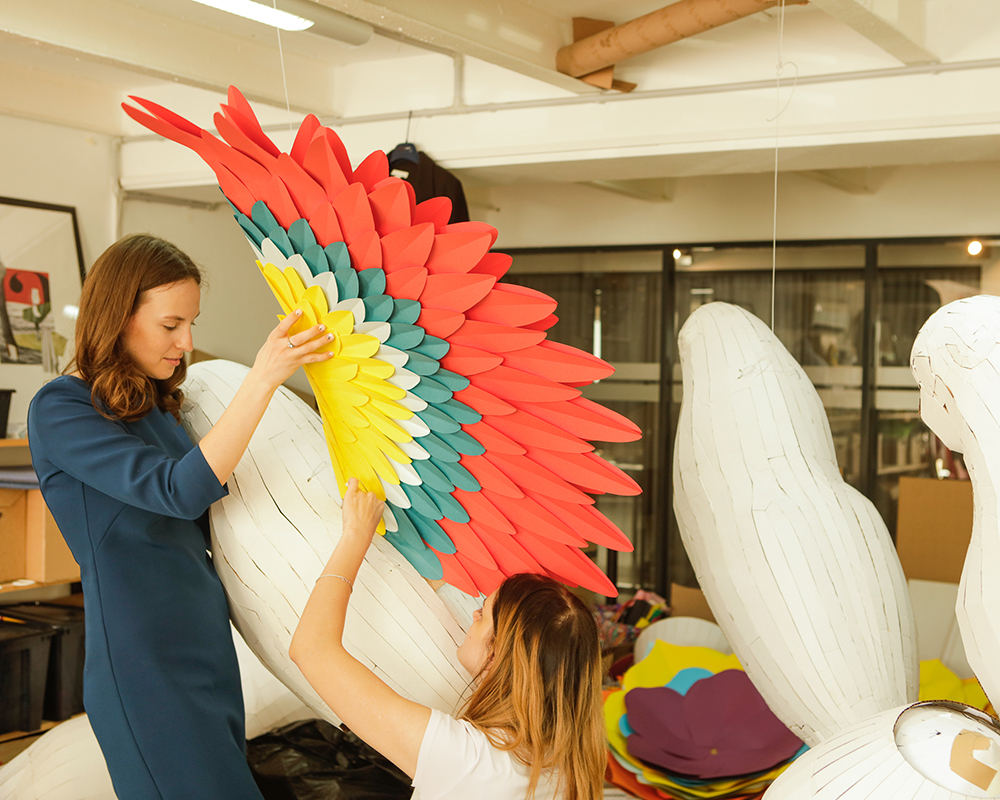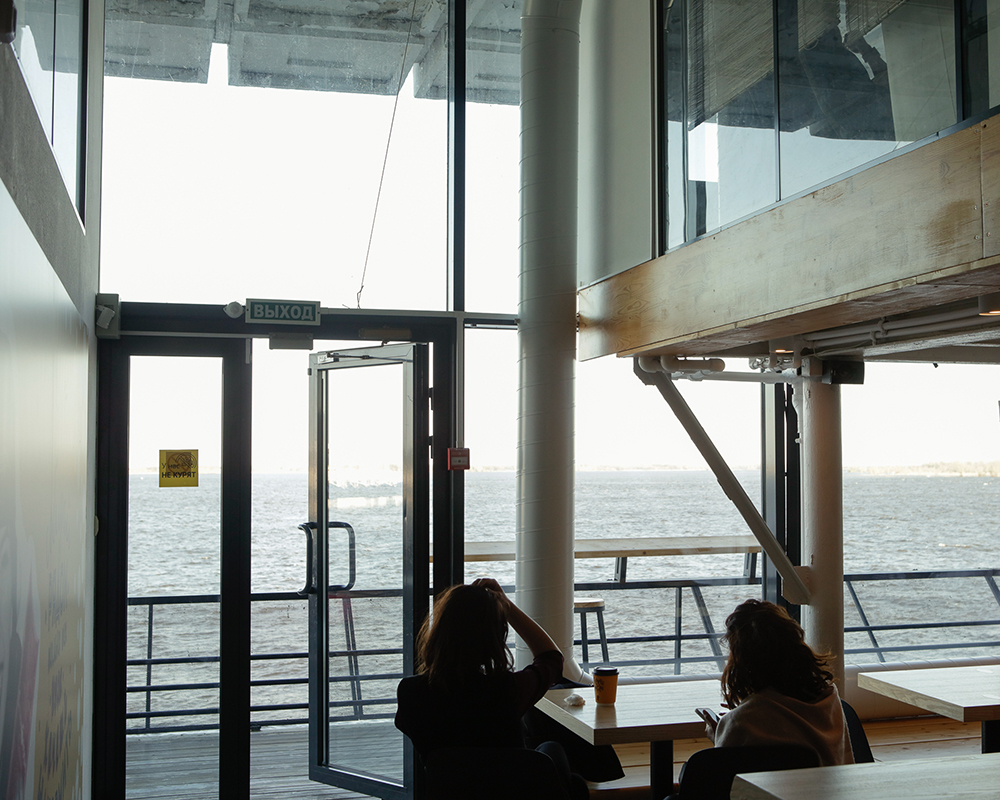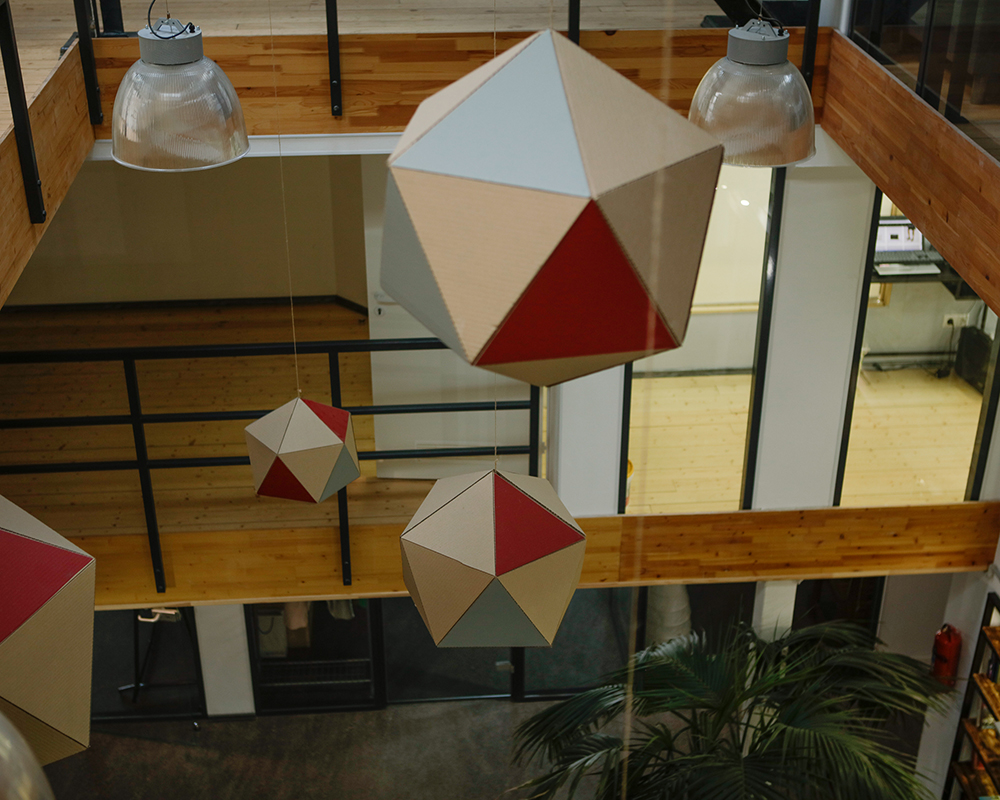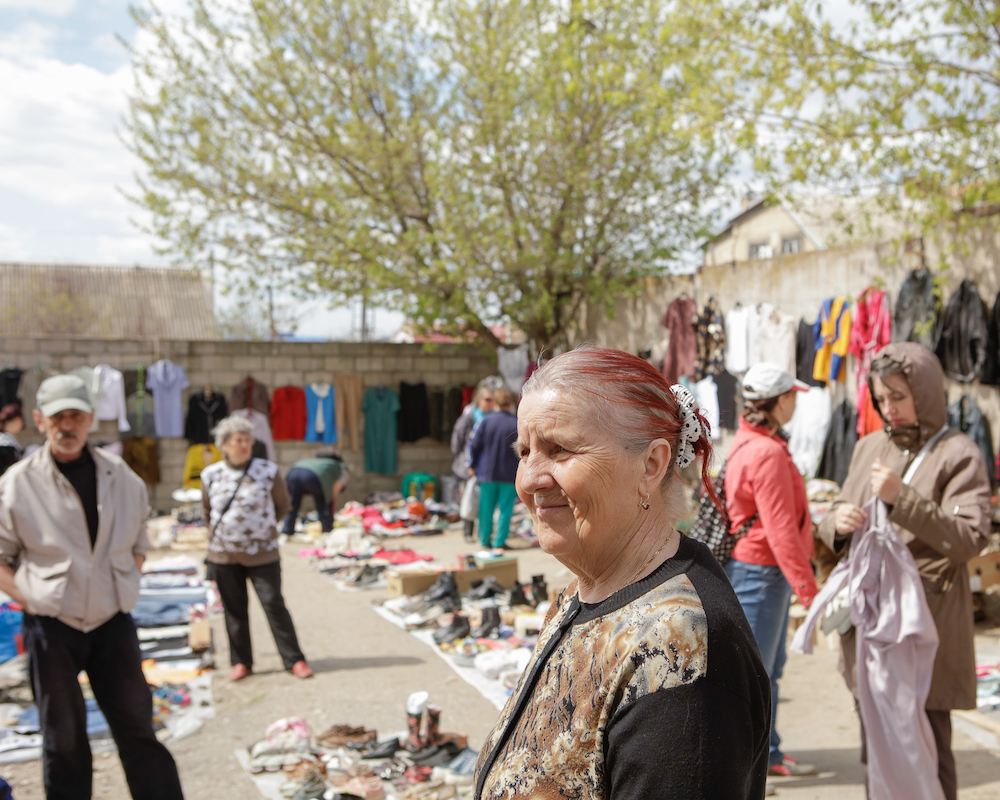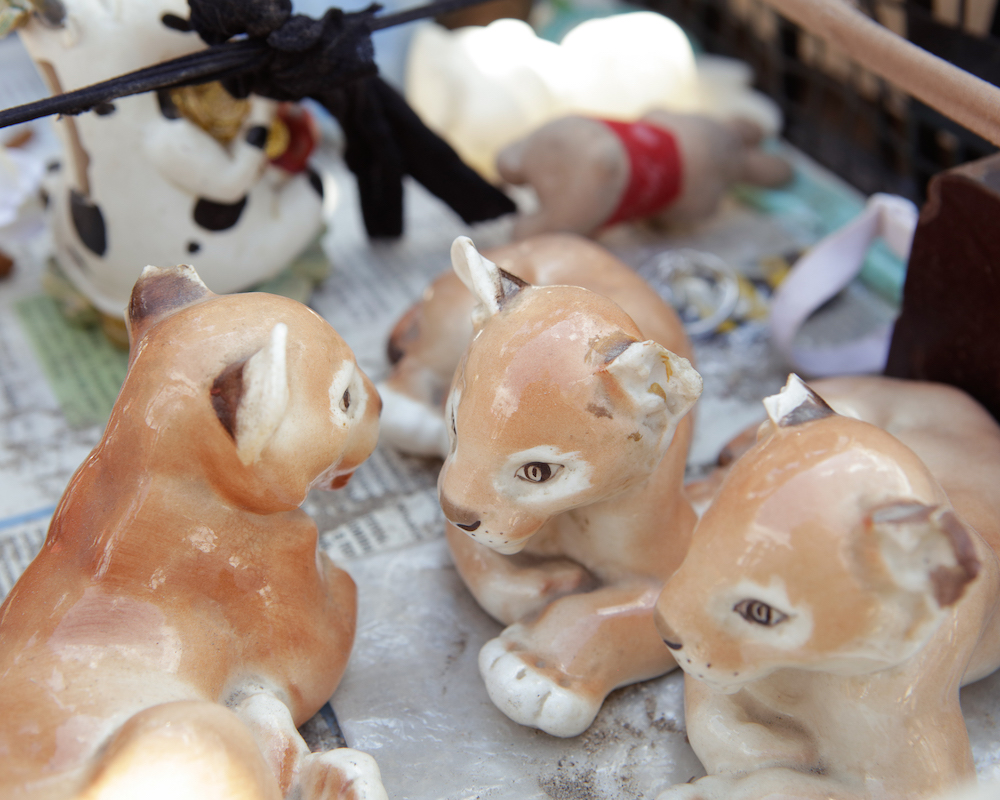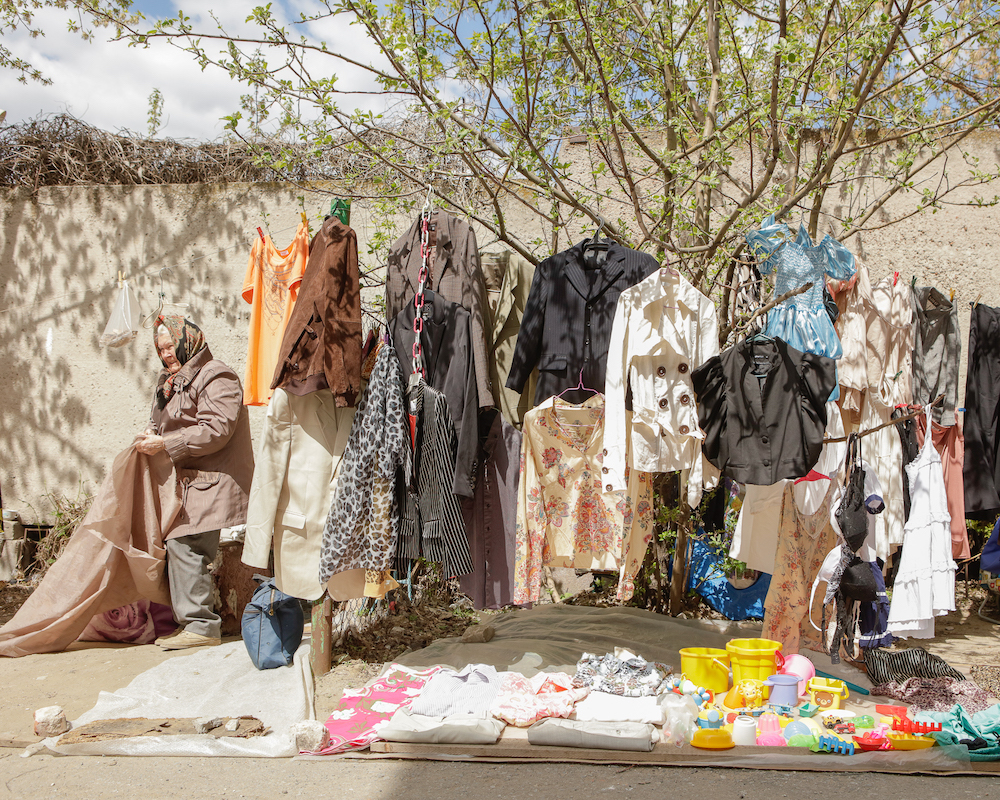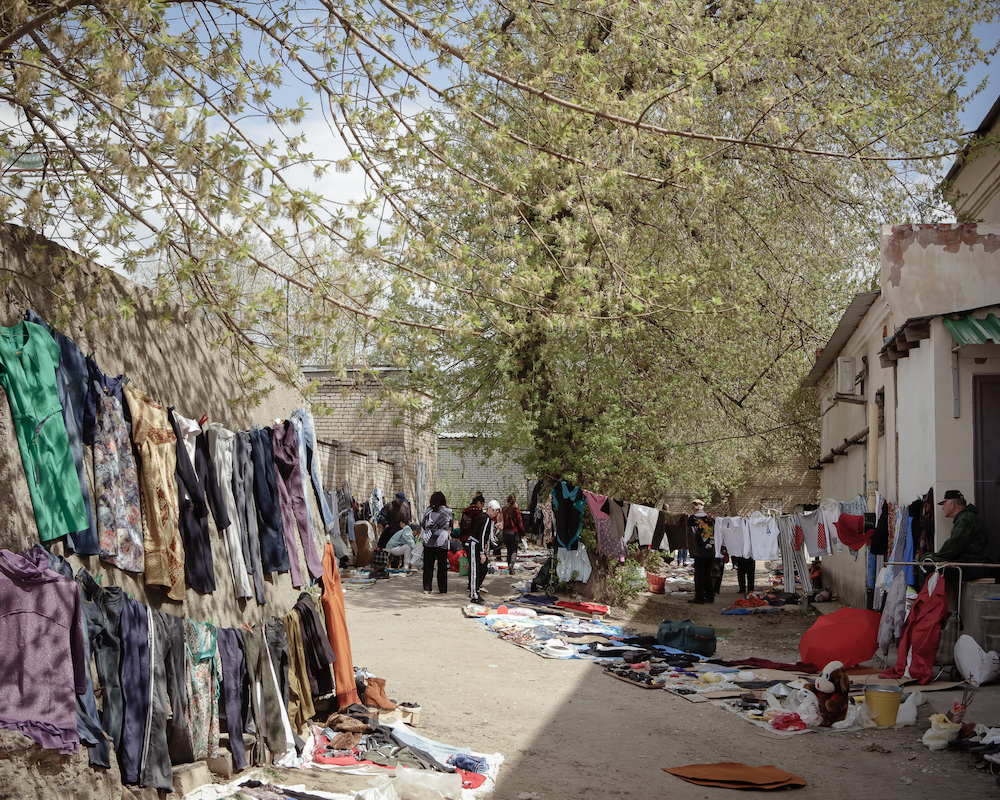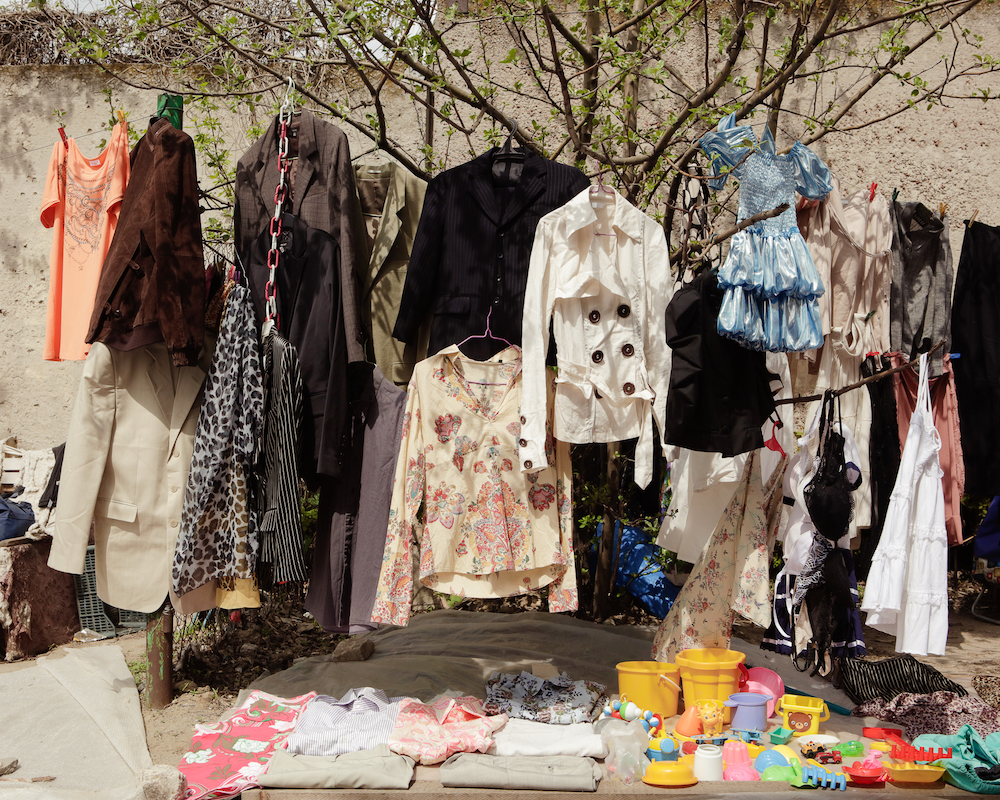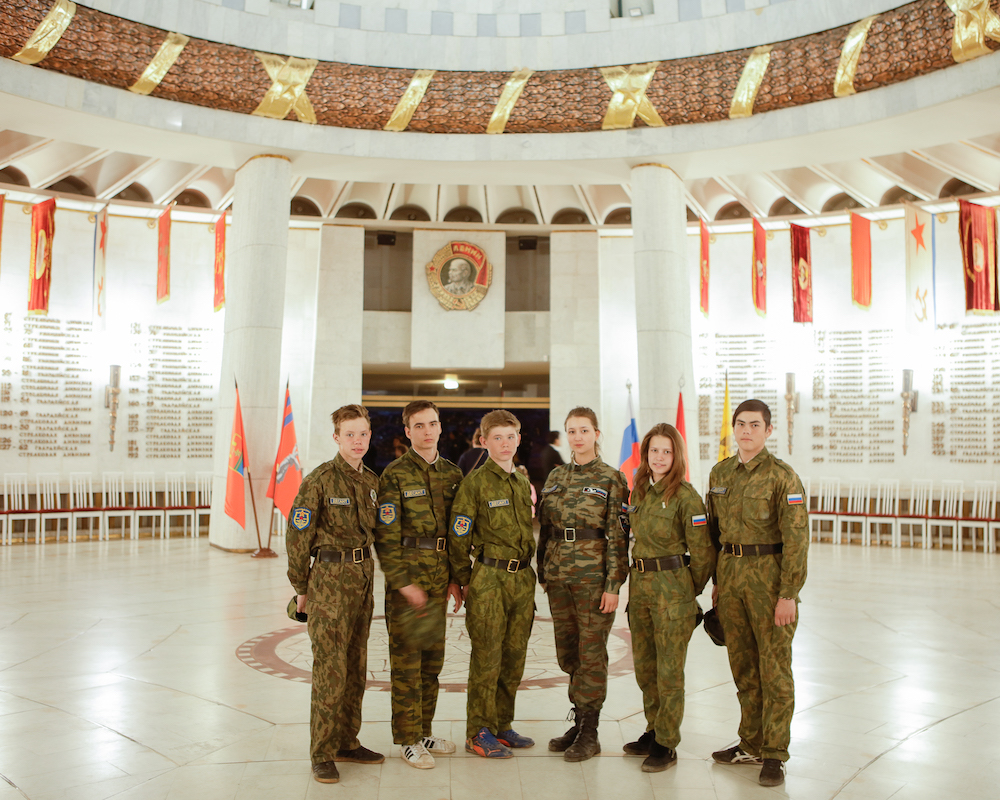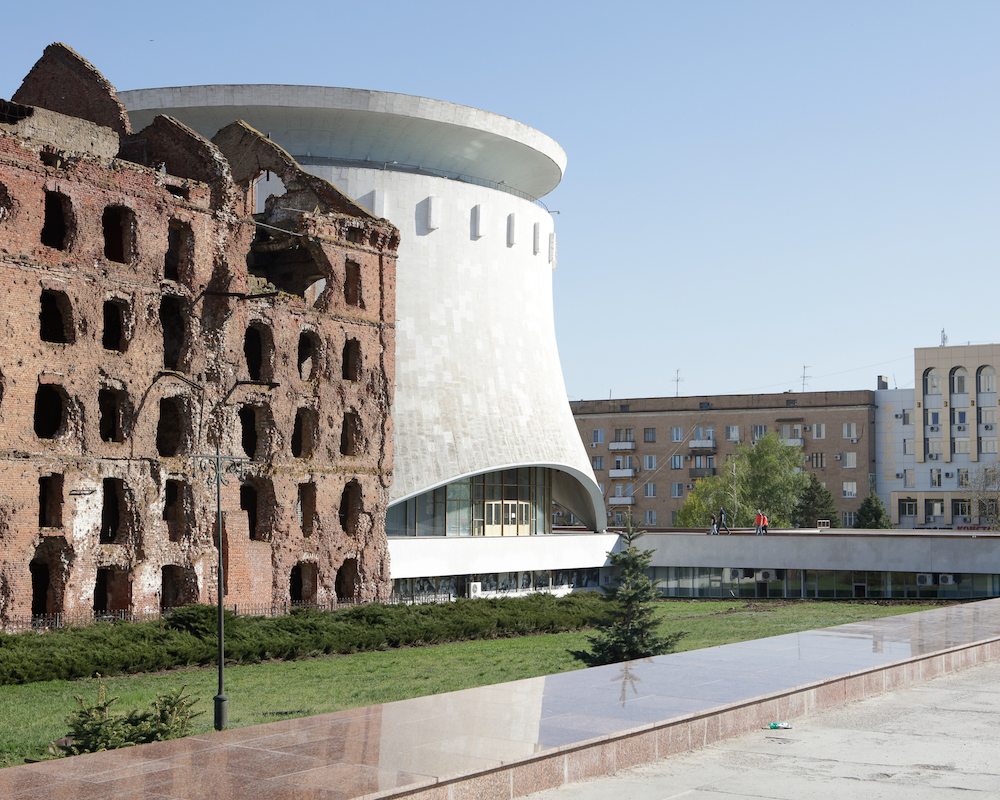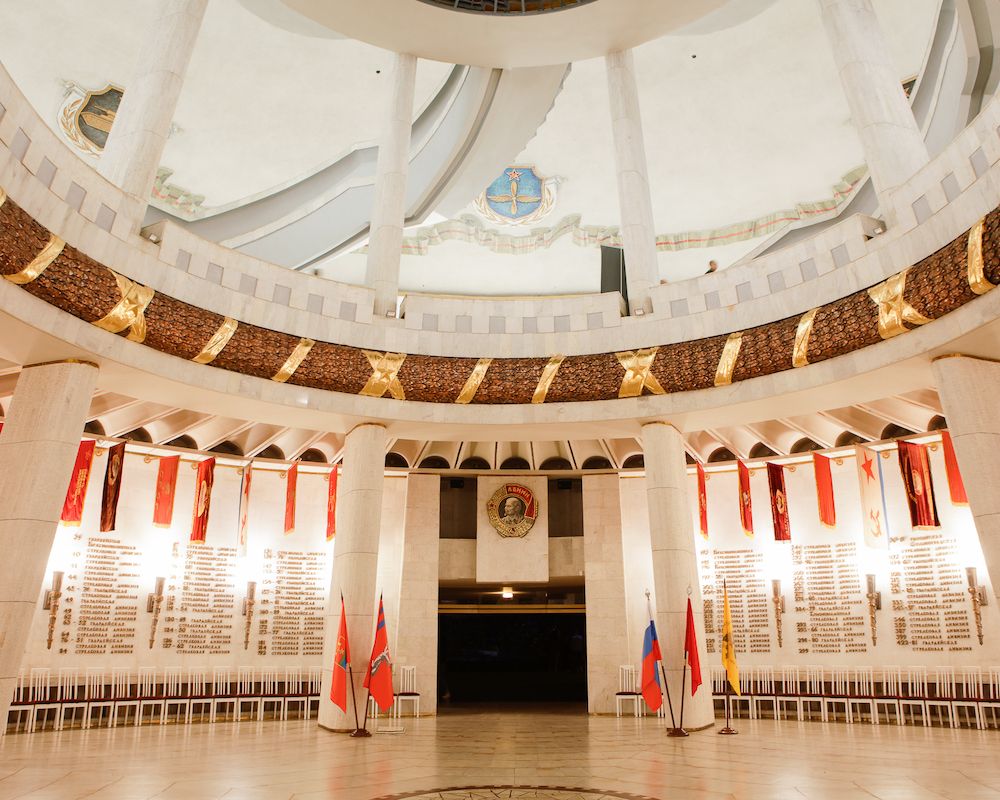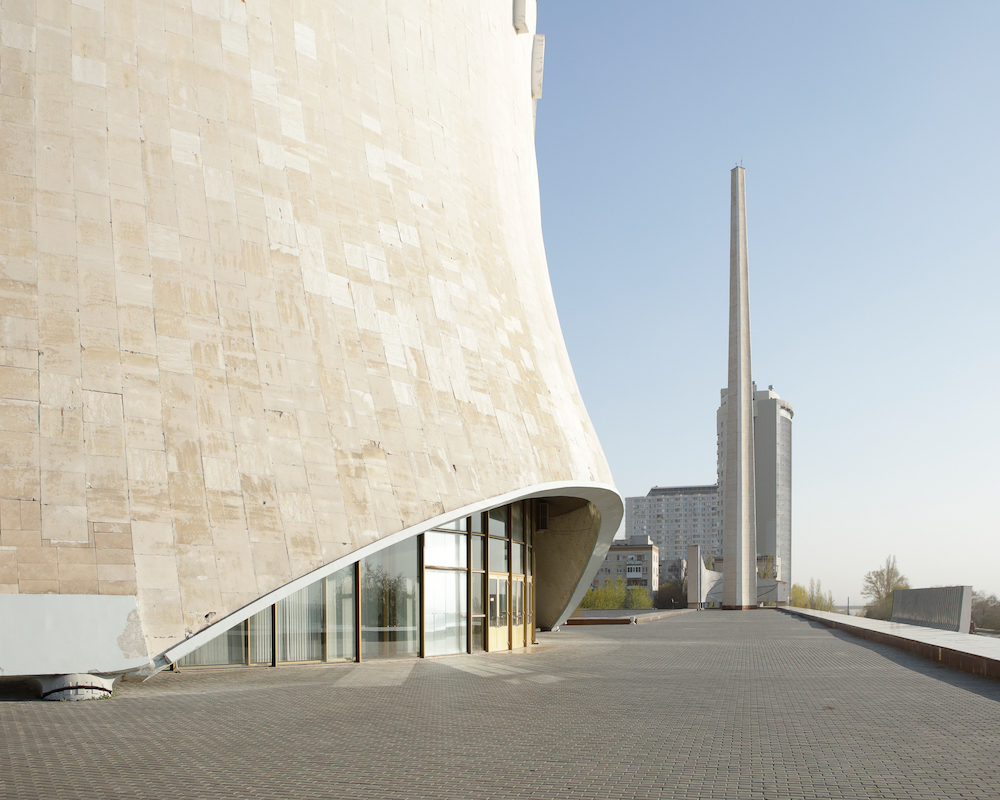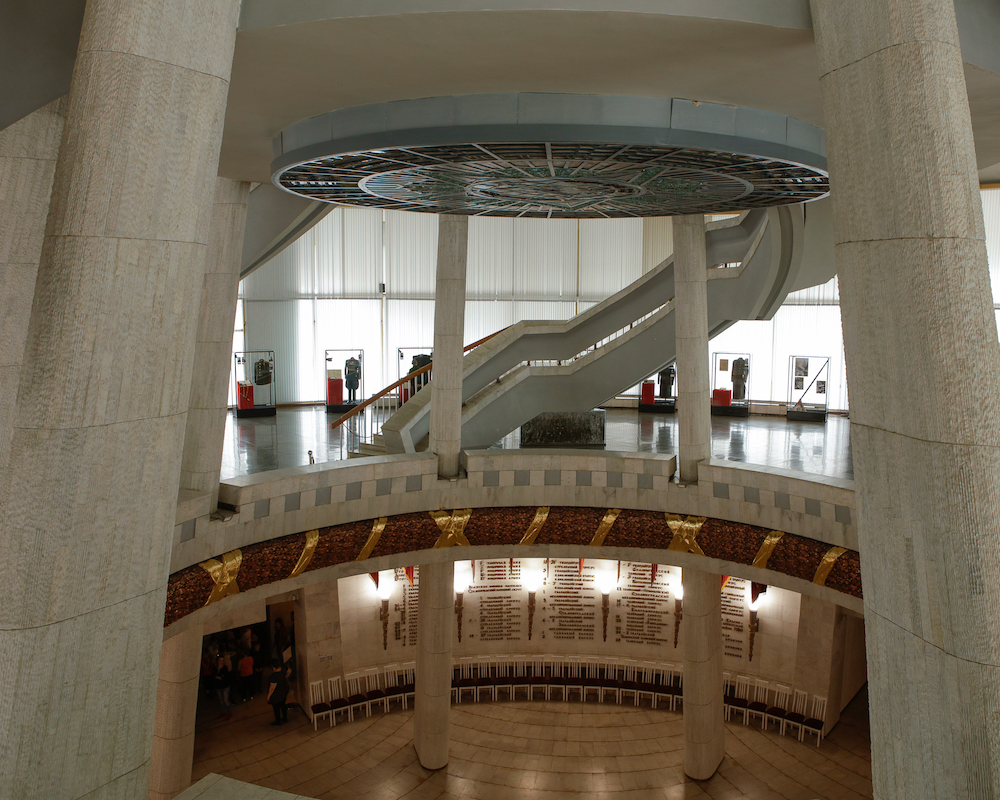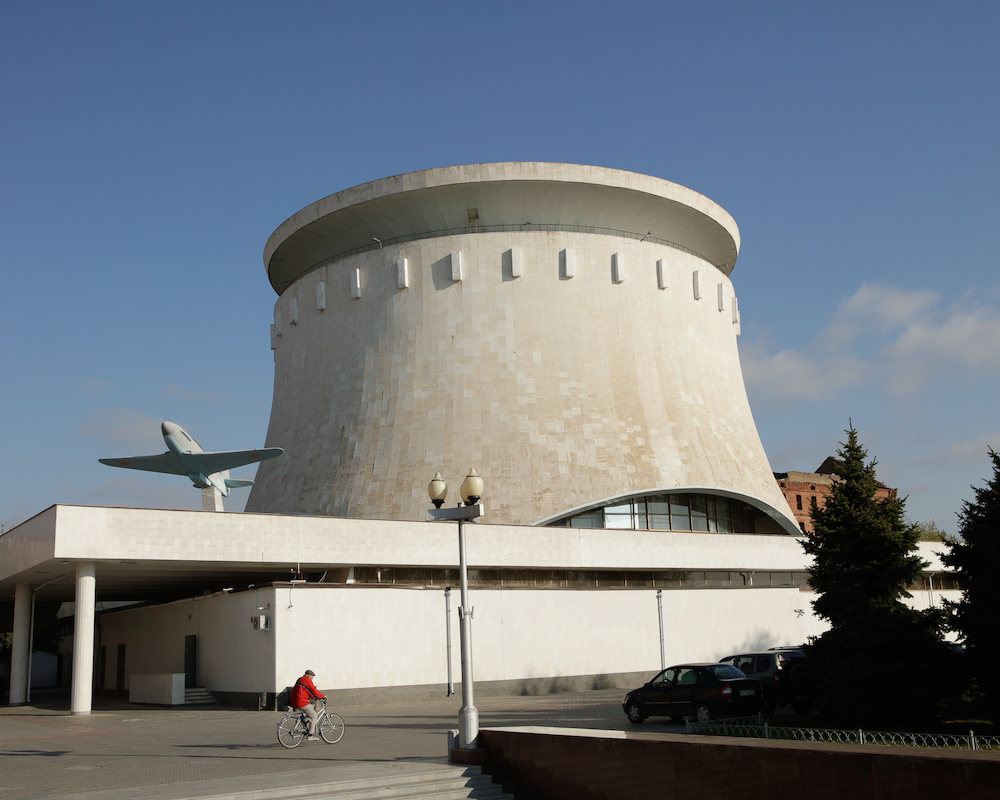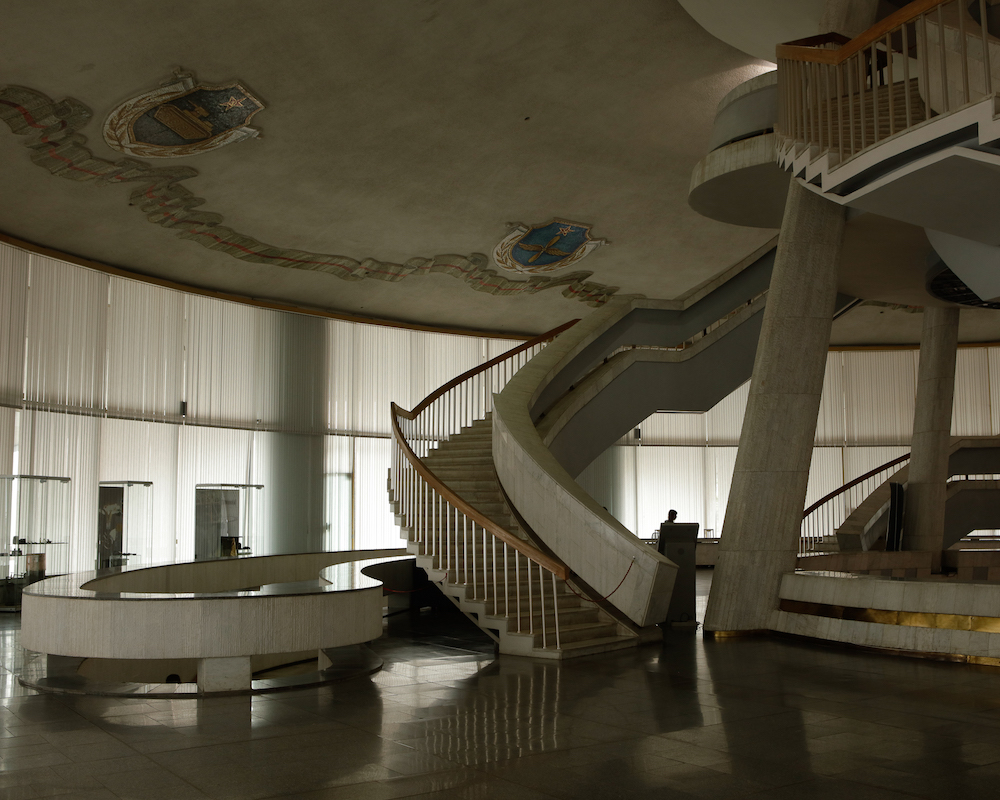Out on the town: your guide to a day out in mighty Volgograd, the iconic Soviet city
Beyond the game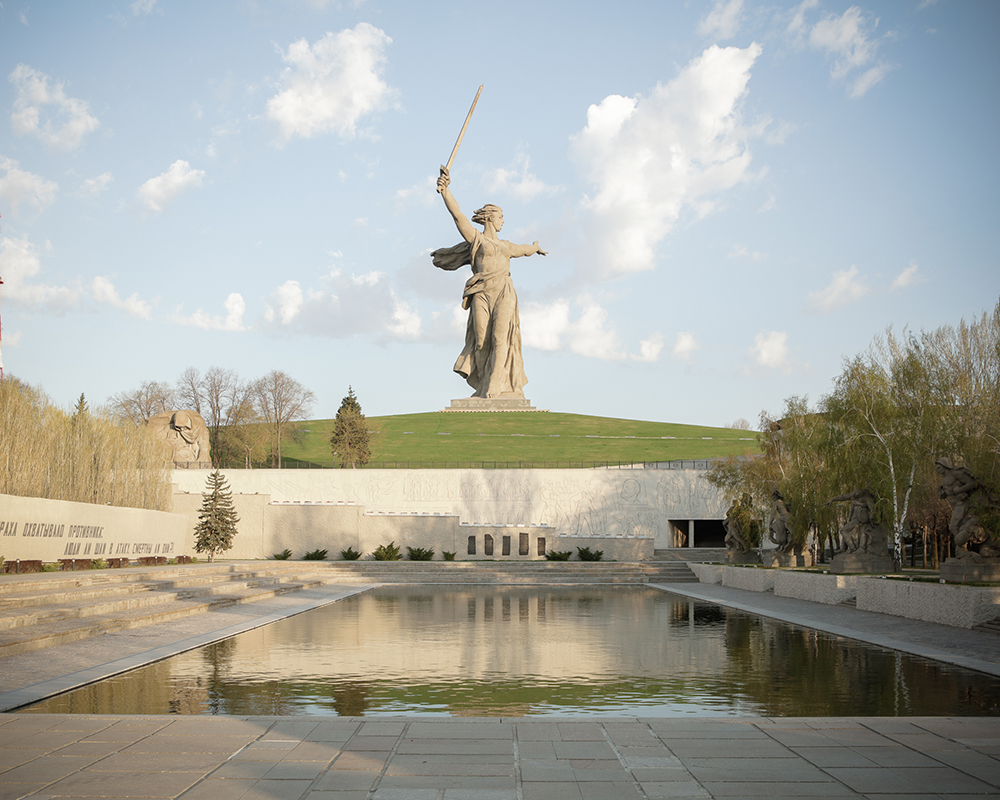
Perhaps better known around the world by its wartime name of Stalingrad, modern Volgograd is still indelibly associated with the Soviet triumph over Nazism. But this famous city also has a dynamic cultural scene and is defined by the massive Volga River that surges past nearby
Known as Stalingrad for much of the Communist period, today’s Volgograd is a lightning rod for the Soviet Union’s sacrifice during the Second World War and its bloody triumph over Nazism. Almost completely destroyed in the fighting, modern Volgograd is a post-war new build city with awe-inspiring monuments to the feats of the Red Army, sweeping vistas over the mighty Volga and some alluring hipster hangouts.
Remember the Second World War
With its giant mass grave, Hall of Military Glory, and The Motherland Calls, a giant statue designed by Yevgeny Vuchetich, Mamayev Kurgan is the most powerful symbol of the Second World War. Dozens of myths are associated with the monument: it is said that there is a viewing platform in the mouth of the statue, and that the ear houses a secret restaurant for distinguished guests. The towering monument is certainly a shock to the senses as you are made to feel like a speck of dust in the hands of such colossal forces. Visit the complex from the main approach from the Volga, where you’ll feel the full impact of the sweeping panoramic views.
Address: 97 Lenin Prospekt
Take a tram ride
A unique form of public transport, the Volgograd Metrotram is an urban tram running at the speed of a train through a network of tunnels in the heart of the city centre. You can reach all of the city’s main sights on the tram, including Mamayev Kurgan, the Volgograd Arena, the Battle of Stalingrad Panorama Museum and the Volgograd Planetarium. The Metrotram route is simple – a single track running along the Volga.
Gaze at the heavens
The Volgograd Planetarium (the third to be built by the Soviet government after those in Moscow and Kyiv) was a gift from the GDR to mark 70 years since Stalin’s birth — and the German equipment is still fully functioning. The building has undergone major restoration work, but the interior’s warm 1950s Soviet atmosphere was preserved. There is a bust of Yuri Gagarin and a display of fragments of the Tsarev meteorite, which fell to Earth on 6 December 1922. The planetarium was built of the same material as Rome’s Colosseum and their outer walls have a very similar colour and texture. The events programme includes talks, lectures with visual aids, and evening tours. Visit the second floor to find out more about the stunning stained glass windows – the largest in Volgograd – and to see the Foucault pendulum, which is used for experiments.
Address: 14 Gagarina Street
Stroll around an abandoned stadium
Stalingrad’s monumental post-war sporting facility, Monolit Stadium, located beside the Volga River in Krasnooktyabrsky District, has become a popular location for post-apocalyptic film shoots. The once majestic, now abandoned stadium, built in the Stalinist neoclassical style, today attracts more ruin porn aficionados than athletes. Grass grows on the granite walls and in the summertime the site turns into a jungle. It is said Olympic champion Yelena Isinbayeva trained here at the beginning of her career and there have been calls to convert the stadium into a track and field centre in the near future.
Address: 113 V.I. Lenin Prospekt
Chill out in a creative space
IKRA is Volgograd’s answer to Moscow’s Flacon and St Petersburg’s Tkachi, and the kind of place where you can attend lectures, take in a short film festival, or shop around to stock up on wooden bow ties and neckties as well as more traditional designer clothing. You can even learn how to bake cupcakes or take part in a tea ceremony. If you aren’t particularly interested in shopping, grab a tea or coffee and sit on the balcony where IKRA opens out onto the Volga and take in some stunning views. You can also hire workspaces for an hour, or a day.
Address: Naberezhnaya 62nd Armii Street
Rummage for vintage treasures
The Mirok flea market took its name from the former Mir theatre which stood opposite in Voroshilovsky District. The market runs on weekends and public holidays from early morning to lunchtime. Expect to find vintage clothing and crockery, antiques, jewellery and interior objects from busts of Lenin, old cast irons and Soviet coats to fur hats and books. You may also come across vinyl records pressed by Soviet record label Melodiya and even handmade souvenirs. Haggling at Mirok is not only tolerated but encouraged.
Address: 92/2 Cherepovetskaya Street
Witness the Battle of Stalingrad
Just back from the river stands the vast Panorama Museum, devoted to the famous Battle of Stalingrad, which took place in 1942 to 1943 and turned the tide of the Nazi invasion. The battle was the single bloodiest confrontation of the Second World War with between 1.8 million and 2 million killed, wounded or captured. It is commemorated in this huge space via extensive exhibitions showcasing military uniforms, artworks, weapons, newspapers, letters and photos, along with an array of tanks, trains and other vehicles in the museum’s grounds. The centrepiece of the museum, and the highlight of any visit, however, is the spectacular 360 degree Battle of Stalingrad panorama. Measuring 16 metres by 120 metres, The Defeat of Fascist Armies in Stalingrad is the largest painted panorama in Russia and is breathtaking, horrific and beautiful in equal measure. Outside the cylindrical, power station-esque concrete structure of the modern museum, you will find the remnants of the former Grudinin Mill. This red-brick ruin serves as a haunting reminder of the formidable, destructive power of war.
Address: 47 Marshal Chuikov Street
![]()
